
After viewing 60+ varieties of kimchi in a single shop alone, our reporter learns that she has much to learn about Korean cuisine.
While the Tsurubashi area in Osaka’s southeast Ikuno Ward has had a large presence of Korean and Korean Japanese residents for several generations now, it wasn’t until last year that three shopping districts banded together to brand the surrounding area as “Osaka Ikuno Koreatown.” With an official new name and website directory of shops and eateries, the locals are hoping to make Tsurubashi into more of a main destination for visitors to the city.
Our globetrotting Japanese-language correspondent Ikuna Kamezawa took this as the perfect opportunity to take a short trip to Osaka and share her findings with the rest of the team. After arriving in Osaka via Shinkansen from Tokyo, she then took a 15-minute train ride from Osaka Station to Tsuruhashi Station and began walking around.

Was this really the area around the front of a train station?! The fairly dim alleyways leading in all directions gave her a bit of a surprise. She was sure it would look different at night with bright signs lit up, but this still seemed too quiet for what she was used to. Despite being massive cities, it was interesting to compare how Osaka and Tokyo were different in many ways.
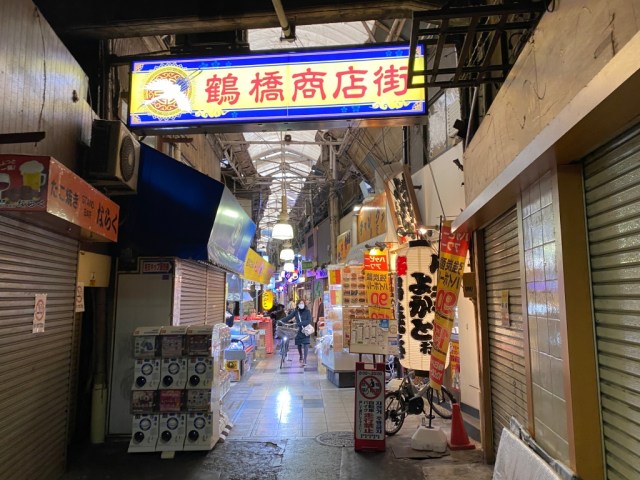
She thought that the area directly in front of Tsurubashi Station would be her final destination, but it turned out that she still had to walk about 10 minutes southeast to reach the newly dubbed Koreatown. Gradually, more and more shops selling Korean foods came into view.
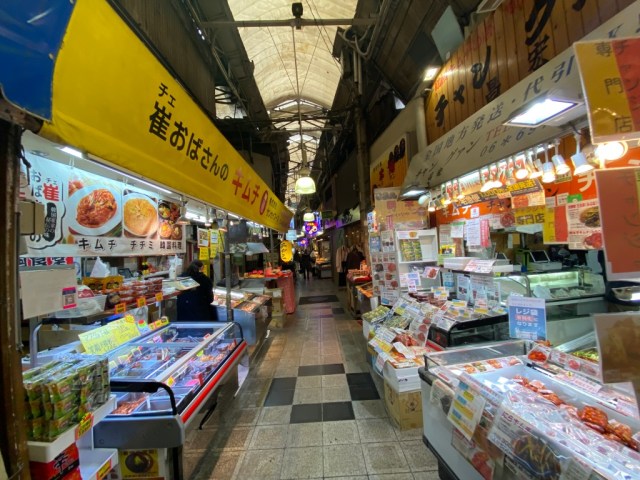
Ikuna finally made it to an entry gate after walking through a quiet residential area. She knew that Osaka’s Koreatown would not be as large as Tokyo’s de-facto Koreatown in the Shin-Okubo district, so she decided to just keep walking because most places of interest would be concentrated on or near this main street.
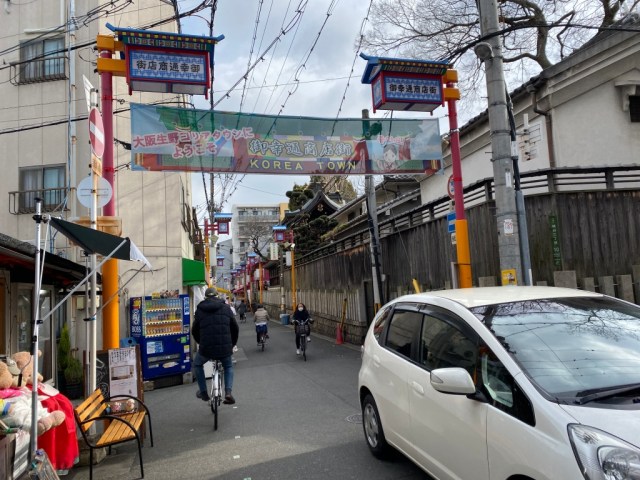
By the way, the time she arrived was around 11:45 a.m. on a Tuesday.

To her eyes, she seemed to pass more people that looked like locals than tourists. She wondered if it were due to the time of her visit.
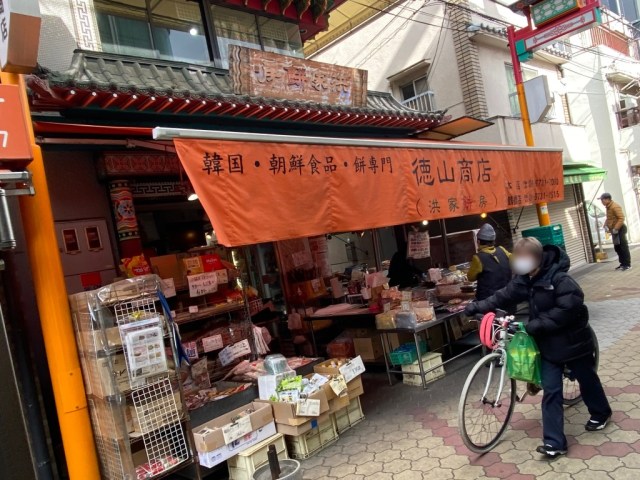
Now, Ikuna fully intended to have yakiniku (grilled meat) for lunch, but she wasn’t able to stroll past a shop called Tokuyama Shoten without stepping inside. An enticing aroma had lured her in…which turned out to be a massive egg-batter something!
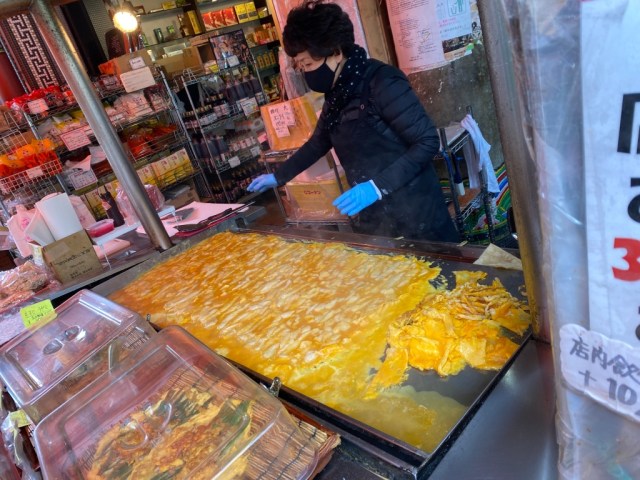
Eggs sizzled on a hot plate as the woman behind the counter deftly cut the large rectangle into small squares. Ikuna was overcome by a sudden urge to yell out “Eomeoni!” (“Mom!”) in Korean even though she had never met this lady before in her life. There was no way she could leave without taking some of the delicious-smelling dish with her for 700 yen (US$6.00).
For sides, she also ordered a small bowl of tteokbboki (simmered cylindrical rice cakes) for 200 yen and dried squid gimbap (seawood rice rolls filled with vegetables and other fillings–similar to the look of makizushi) for 300 yen. She then proceeded to the dine-in area to eat it while it was hot.
▼ Tteokbokki in a spicy chili paste

▼ You can dine inside if you spend 300 yen or more.

Gazing down at her feast, she couldn’t help but feel that a homestyle warmth was radiating from them. Tteokbboki and gimbap weren’t uncommon in Japan, but she got the feeling that this style of shop didn’t really exist in Tokyo’s Shin-Okubo. It felt like an intimate Korean cafeteria and she suddenly wanted to visit Korea to find out if this was what all eateries felt like.
By the way, the egg batter dish turned out to be a delicious tilefish buchimgae (buchimgae is often called “chijimi” in Japanese and “Korean pancake” in English). She hadn’t realized that buchimgae could come without chives as an essential ingredient. She realized that there was a lot she had yet to learn about Korean cuisine.
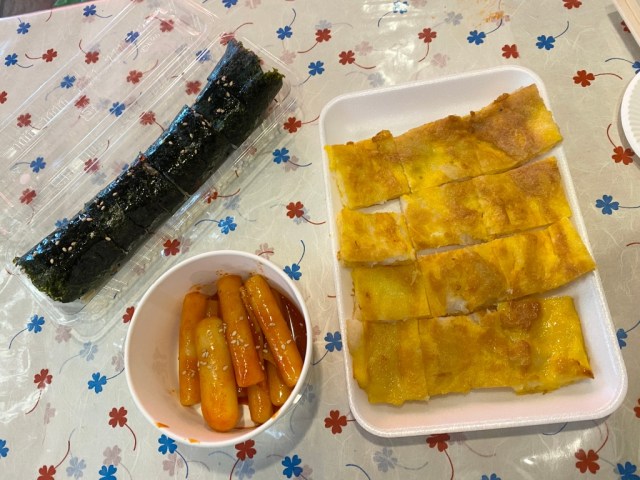
Afterwards, she enjoyed leisurely visiting a variety of shops focused on Korean celebrities and cosmetics. Even while doing so, she got the sense that these kinds of idol and younger-generation-themed shops were purposely limited in number so that Osaka’s Koreatown could remain first and foremost a place for the locals to come and buy small dishes and kimchi. There weren’t as many places where you might take flashy photos of food to upload to social media as you would find in Shin-Okubo, but there were more places where you could simply enjoy traditional, homestyle Korean cooking.
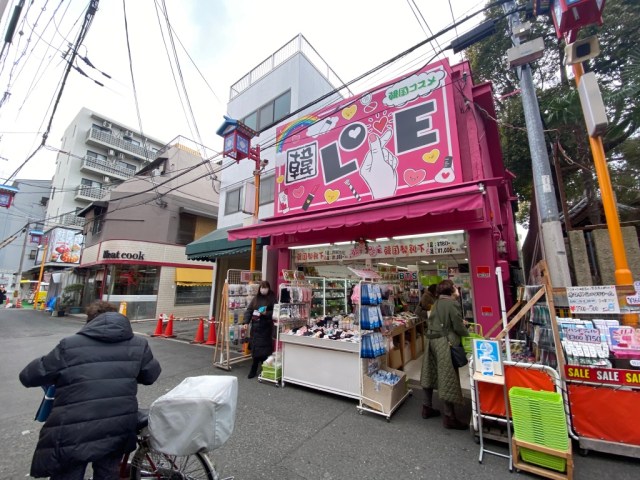
▼ A few of Ikuna’s self-indulgent purchases
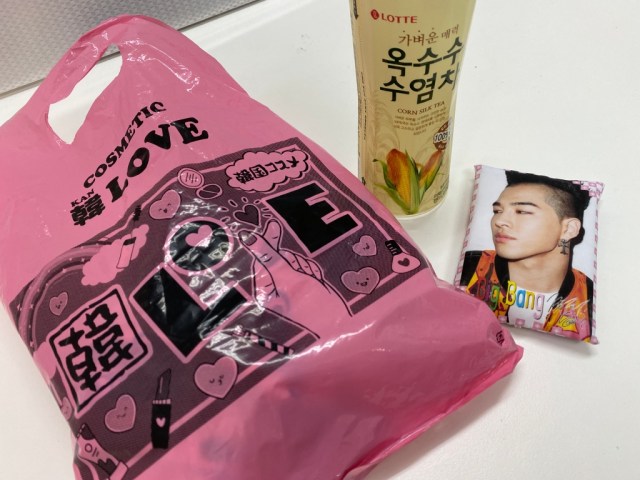
It was also way easier to walk around than in Shin-Okubo. This place was perfect for those who want to enjoy the Koreatown experience but don’t want to deal with crowds.
Before heading back to the capital, she wanted to stop at popular kimchi specialty store Yamada Shoten to buy some food souvenirs. The shop had had a constant line outside of it ever since the morning.

Yamada Shoten sold a staggering 60-80 varieties of kimchi on a regular basis.
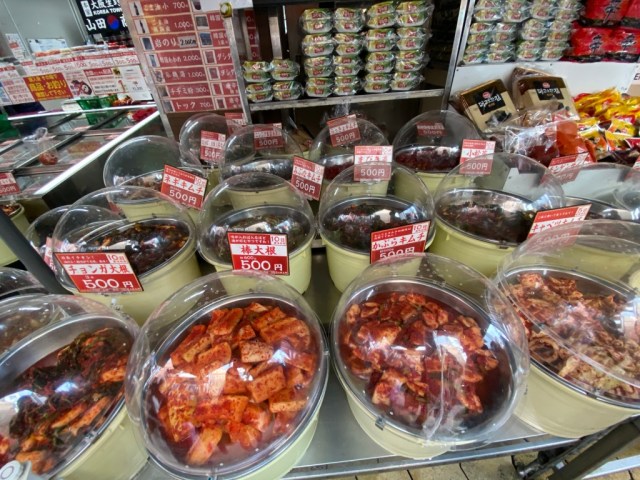
Ikuna also realized her assumption that kimchi = fermented cabbage or daikon was hugely incorrect. Here she saw a dizzying variety of ingredients being used, from pickled bamboo shoots and myoga (Japanese ginger) as vegetable bases to pig’s feet, oysters, and sea cucumbers, among other meat products.
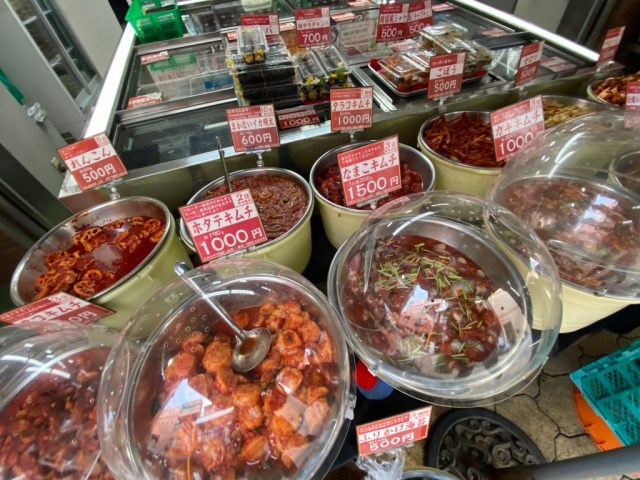
The possibilities for kimchi were endless.
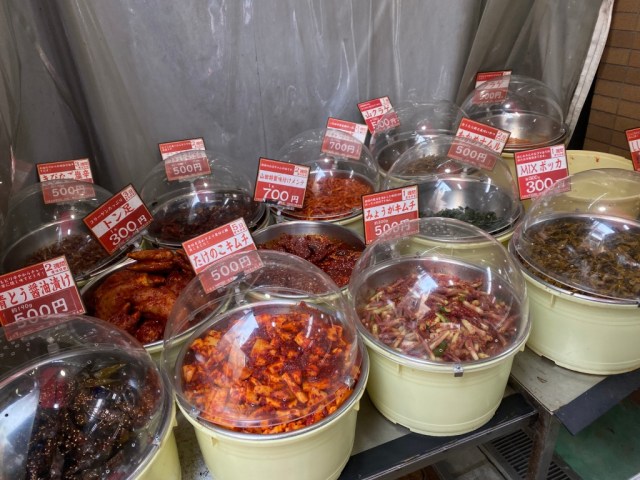
She eventually selected scallop kimchi (about 1,000 yen for 190 grams [6.7 ounces]) and Japanese yam kimchi (about 500 yen for 300 grams). She had special plans for a certain someone to taste them once she got back to Tokyo.
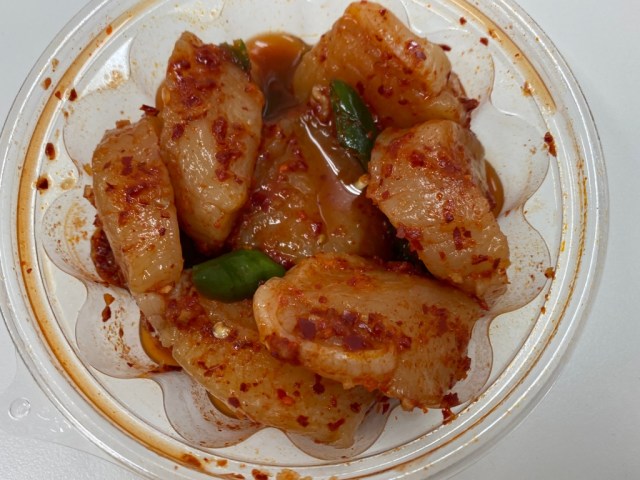
That certain someone turned out to be none other than fellow SoraNews24 reporter Seiji Nakazawa! Seiji had actually grown up in Osaka’s Tsurubashi area and his parents still lived there. While they were ethnically Japanese, he had developed into the person he was while being surrounded by the familiar aroma of kimchi on a daily basis. How would he like the scallop kimchi from his home area?
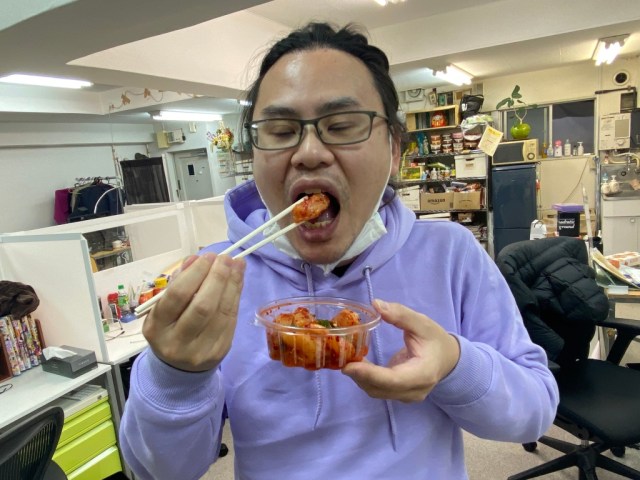
“URMF!!” was all Ikuna could get out of him for his initial reaction.

“Hasn’t this gone bad?!” he eventually choked out.

The Shinkansen ride from Osaka to Tokyo was just under three hours. Ikuna had taken great care in the way that she had transported her food souvenirs, but had she accidentally let them spoil without realizing it? In that case, she would feel extremely apologetic to both Seiji and Yamada Shoten. She decided to take a bite of the dish for herself.

Their resulting conversation went something like this:
Ikuna: “Hey, this is totally delicious.”
Seiji: “Wait a minute, isn’t it weird that it’s so soft?!”
Ikuna: “Really? Isn’t that how it’s supposed to be?”
Seiji: “But somehow…it smells really fishy!”
Ikuna: “Well yeah, that’s because it’s scallops. From the sea.”
Seiji: “Sca–scallops?!!”
Ikuna: “Yup, scallops.”
Seiji: “I thought it was daikon…next time, tell me ahead of time! Hahaha”
Ikuna had initially neglected to tell him exactly what he was eating, so he decided to try the dish again with his new understanding.
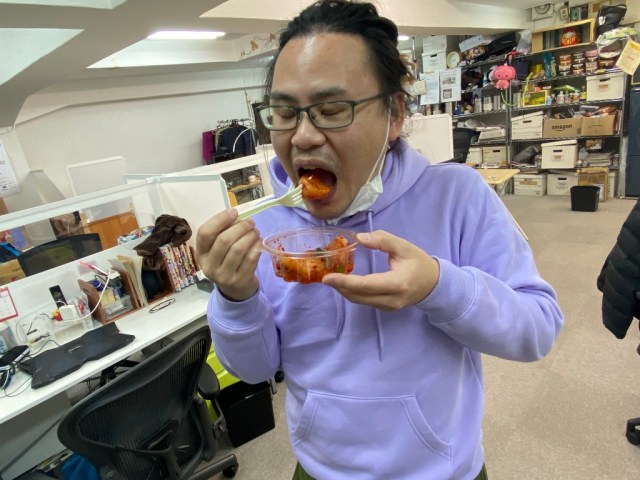
Sure enough, now that his brain had the correct info he thought it was delicious.
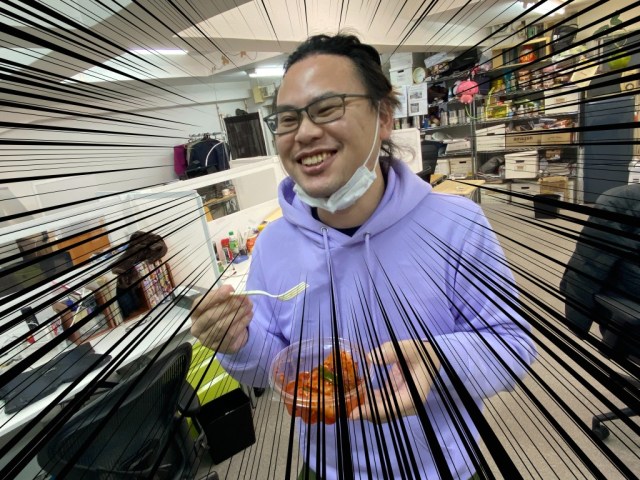
And thus Seiji unexpectedly learned that he also knew next to nothing about kimchi–which was quite sad considering he had grown up virtually inside of Osaka’s Koreatown.
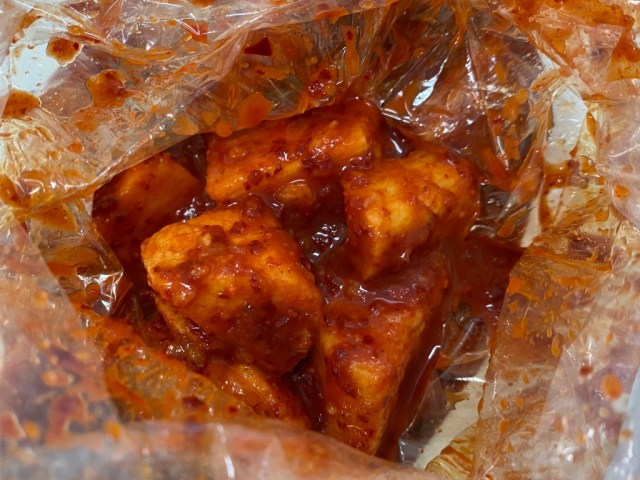
The taste of freshly made kimchi was dramatically more flavorful than the jarred kind you can buy at the supermarket. The aroma was also more permeating–the two fellow reporters felt that they had really been transported to Korea. Seiji actually confessed that he had gotten sick of its smell when he was young, but grew to like it again after moving to Tokyo.

And at least now he had learned the difference between daikon and scallops. He would have to bring back a new kind of kimchi for Ikuna the next time he visited his home city and let her try it without telling her anything first.
Reference: Osaka Ikuno Koreatown
All images © SoraNews24
● Want to hear about SoraNews24’s latest articles as soon as they’re published? Follow us on Facebook and Twitter!

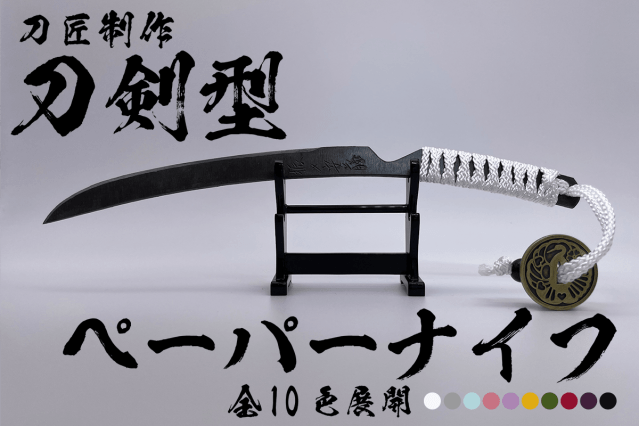

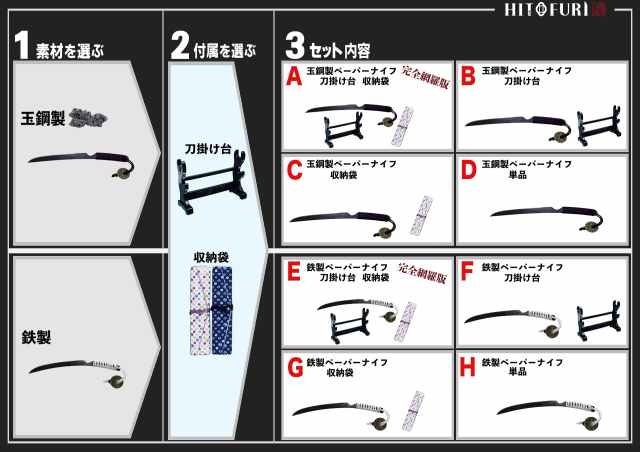
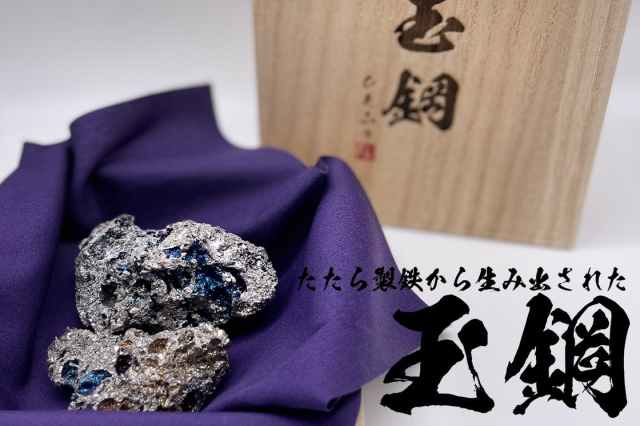
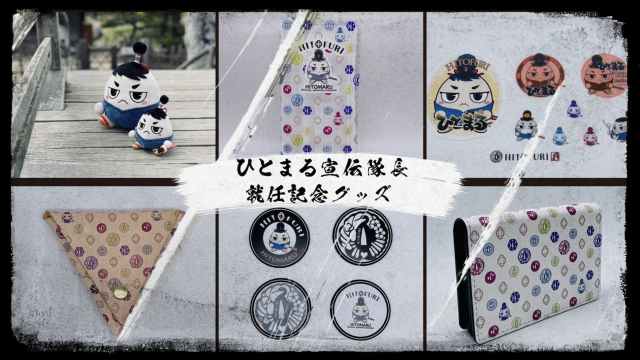


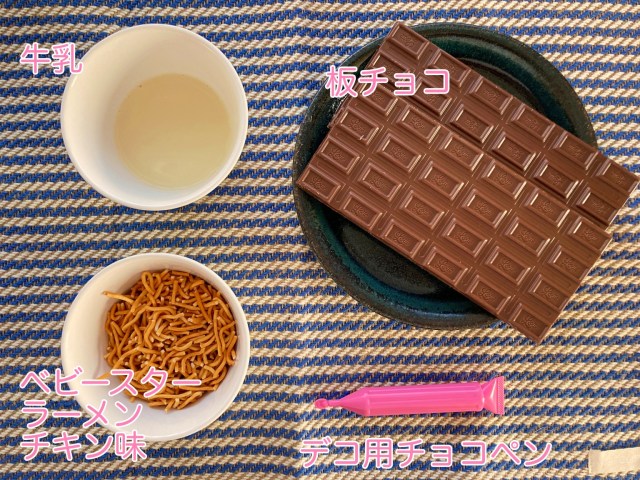
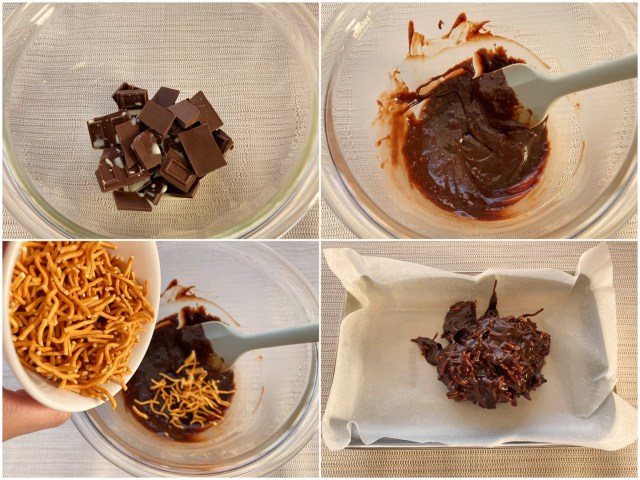
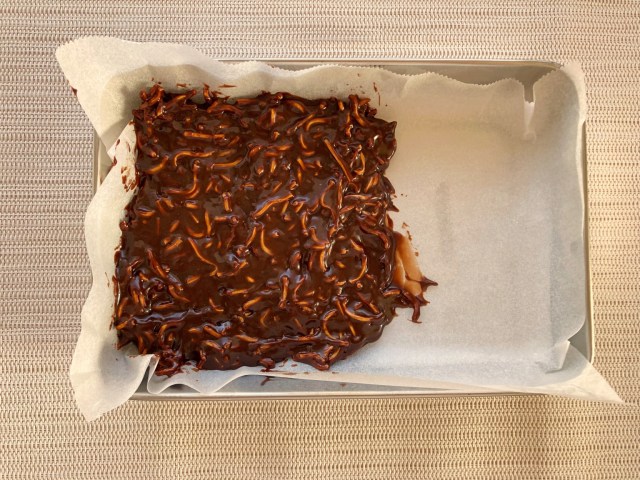




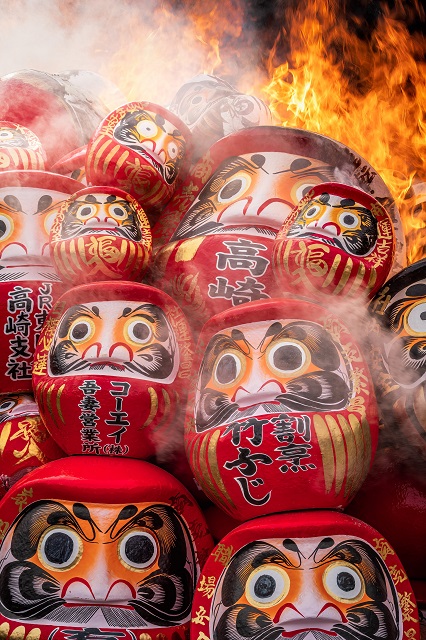
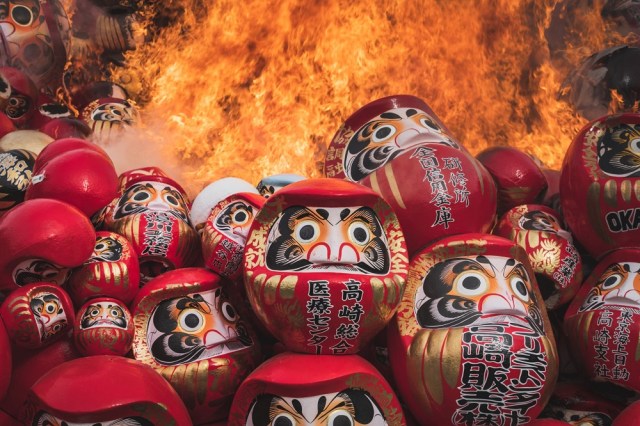
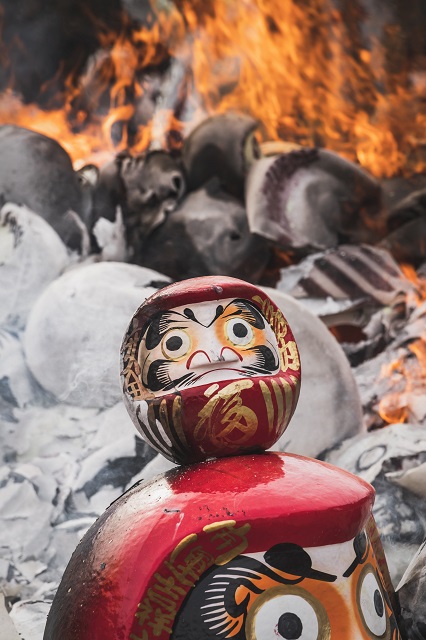
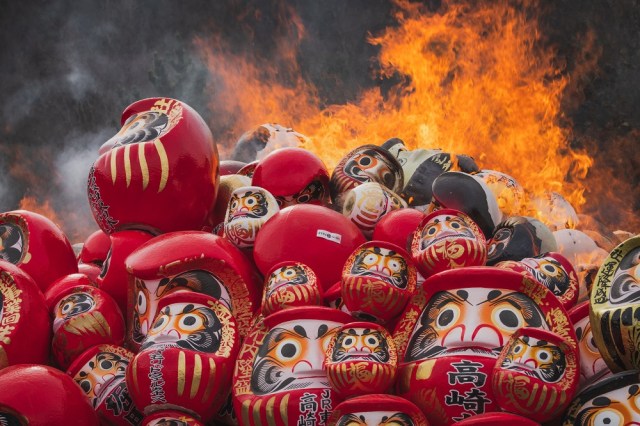

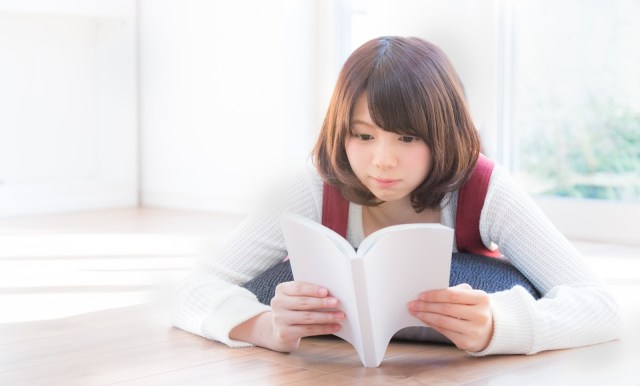
 梅宮さんの声がした途端ヒョエッて感動か何かわかんない声が漏れました…本当に夢なような一時をありがとうございました!!
梅宮さんの声がした途端ヒョエッて感動か何かわかんない声が漏れました…本当に夢なような一時をありがとうございました!!

 】
】 をいただきました
をいただきました

 詳しくはこちらへ
詳しくはこちらへ